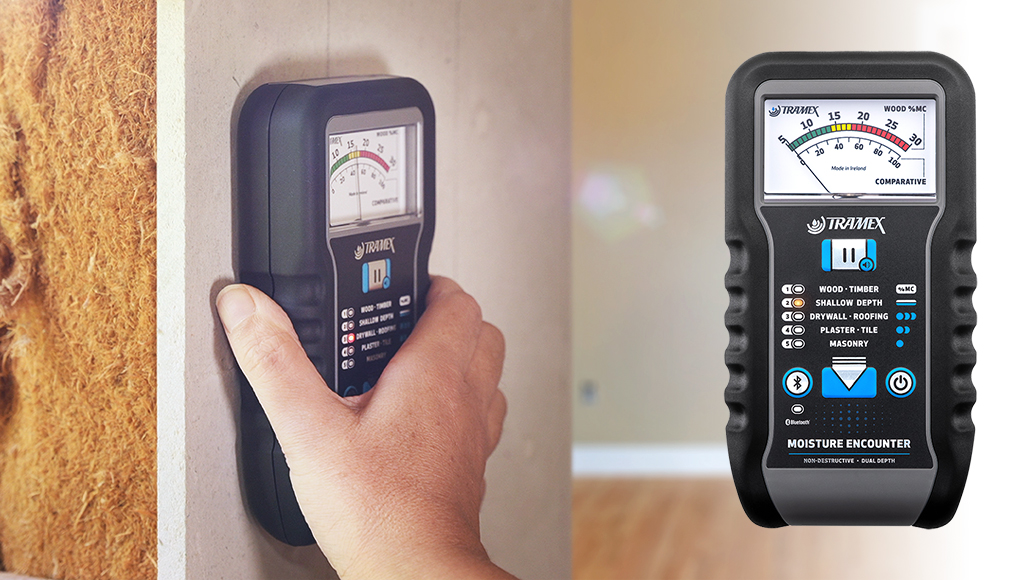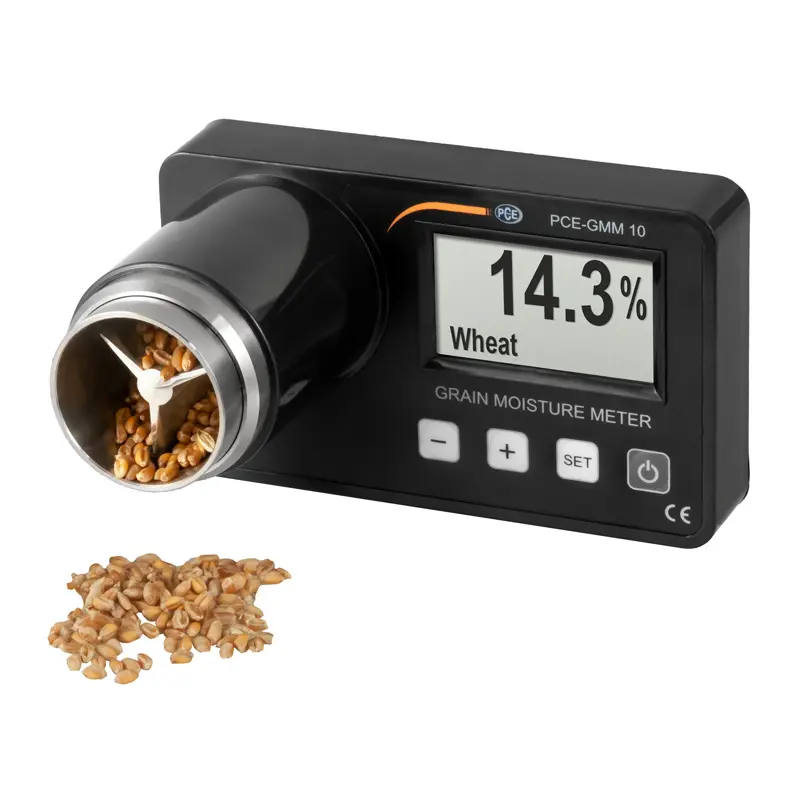Delve Into the Globe of Moisture Meters: Every Little Thing You Need to Know
In the world of dampness meters lies a globe of accuracy and usefulness that commonly goes undetected. Comprehending just how moisture meters operate, the various kinds available, and their diverse usages can drop light on their importance in making sure high quality and performance.
How Moisture Meters Work
Moisture meters operate by determining the electrical conductivity or capacitance of materials to identify the wetness content existing. These meters are important tools throughout numerous sectors, consisting of woodworking, agriculture, and construction. By making use of various methods such as pinless or pin-type modern technology, wetness meters offer accurate analyses that assist specialists make educated choices.
Pin-type dampness meters work by putting the sharp pins into the product being evaluated. On the various other hand, pinless dampness meters use electromagnetic signals to scan a larger area without causing any kind of damages to the product's surface.
No matter of the technique made use of, moisture meters play an important duty in stopping concerns such as mold growth, architectural damages, or item problems triggered by excess dampness. Recognizing just how these meters work is vital for making certain the top quality and integrity of materials in various applications.
Types of Moisture Meters
Given the critical duty wetness meters play in various sectors, it is vital to recognize the different types readily available to experts for properly analyzing dampness levels - Moisture Meter. There are primarily two main kinds of dampness meters: pinless and pin-type wetness meters

On the various other hand, pinless dampness meters use electro-magnetic sensing unit plates to scan a bigger area of the product without causing any type of damages. This kind appropriates for promptly scanning large areas and is frequently made use of for flooring, walls, and ceilings. Pinless meters are hassle-free for taking analyses on finished surface areas without leaving any noticeable marks.
Both types of moisture meters have their benefits and are picked based on the details demands of the work available. Comprehending the differences in between these types is critical for experts to make precise dampness assessments.
Applications Throughout Industries
Construction professionals depend on dampness meters to evaluate the moisture degrees in building products like timber, concrete, and drywall, which is vital for preserving structural integrity and preventing issues like rot or mold and mildew. The flooring sector makes use of wetness meters to measure the dampness web content in subfloors prior to installing different floor coverings, stopping expensive problems due to excess wetness. In the food market, wetness meters are used to keep track of and regulate moisture levels in products such as grains, nuts, and dried out fruits to keep freshness and quality.
Tips for Using Dampness Meters
Use the moisture meter's calibration settings to make sure precise readings when measuring the moisture content in various products. Furthermore, make certain the meter is set to the right moisture range for the product you are gauging to acquire the most precise results.
When using a pin-type dampness meter, put the pins to the suitable deepness recommended for the product being checked. read more This ensures that the moisture readings are drawn from the right deepness within the material, offering a much more exact depiction of its wetness content. For pinless wetness meters, keep in mind to preserve proper contact with the material's surface to obtain trustworthy analyses.
Consistently examine and change the batteries in your moisture meter to avoid unreliable readings as a result of reduced power. When not in usage to lengthen its lifespan and preserve its accuracy, Shop the meter in a dry and safe place. By adhering to these suggestions, you can browse around this site optimize the performance of your wetness meter and get precise dampness content dimensions across various materials.
Upkeep and Calibration
To make sure the precision of dampness content measurements, regular upkeep and calibration of the wetness meter are essential steps in its proper performance. Calibration readjusts the wetness meter to guarantee that it provides constant and trustworthy outcomes.
Calibration ought to be done occasionally, especially if the moisture meter is used frequently or in important applications where accurate dimensions are needed. Several moisture meters come with calibration tools or can be calibrated by expert services. Moisture Meter. It is recommended to maintain a log of calibration dates and results to track the performance of the wetness meter over time. By calibrating the wetness and keeping meter on a regular basis, individuals can trust the accuracy of the dampness material dimensions gotten.
Conclusion

Finally, moisture meters play a critical function in various industries by precisely measuring the wetness web content of products. Comprehending exactly how these tools work, the different types readily available, and appropriate maintenance and calibration are necessary for getting trusted results. Whether in construction, manufacturing, or agriculture, making use of moisture meters assists make sure quality assurance and efficiency in try these out processes.

In final thought, dampness meters play an important duty in various sectors by accurately measuring the moisture material of products.